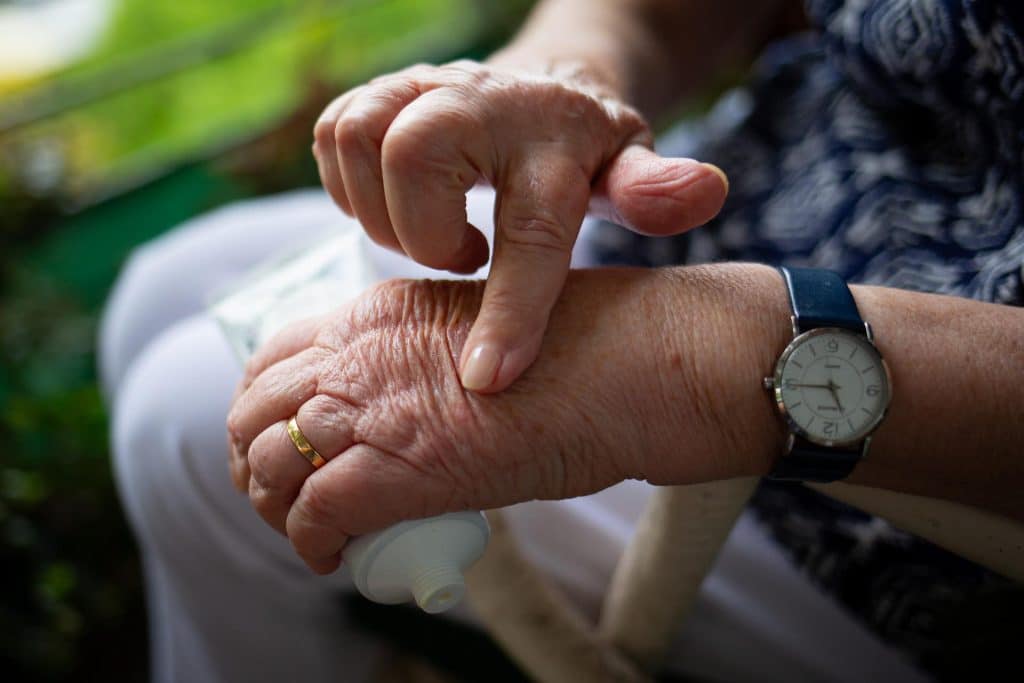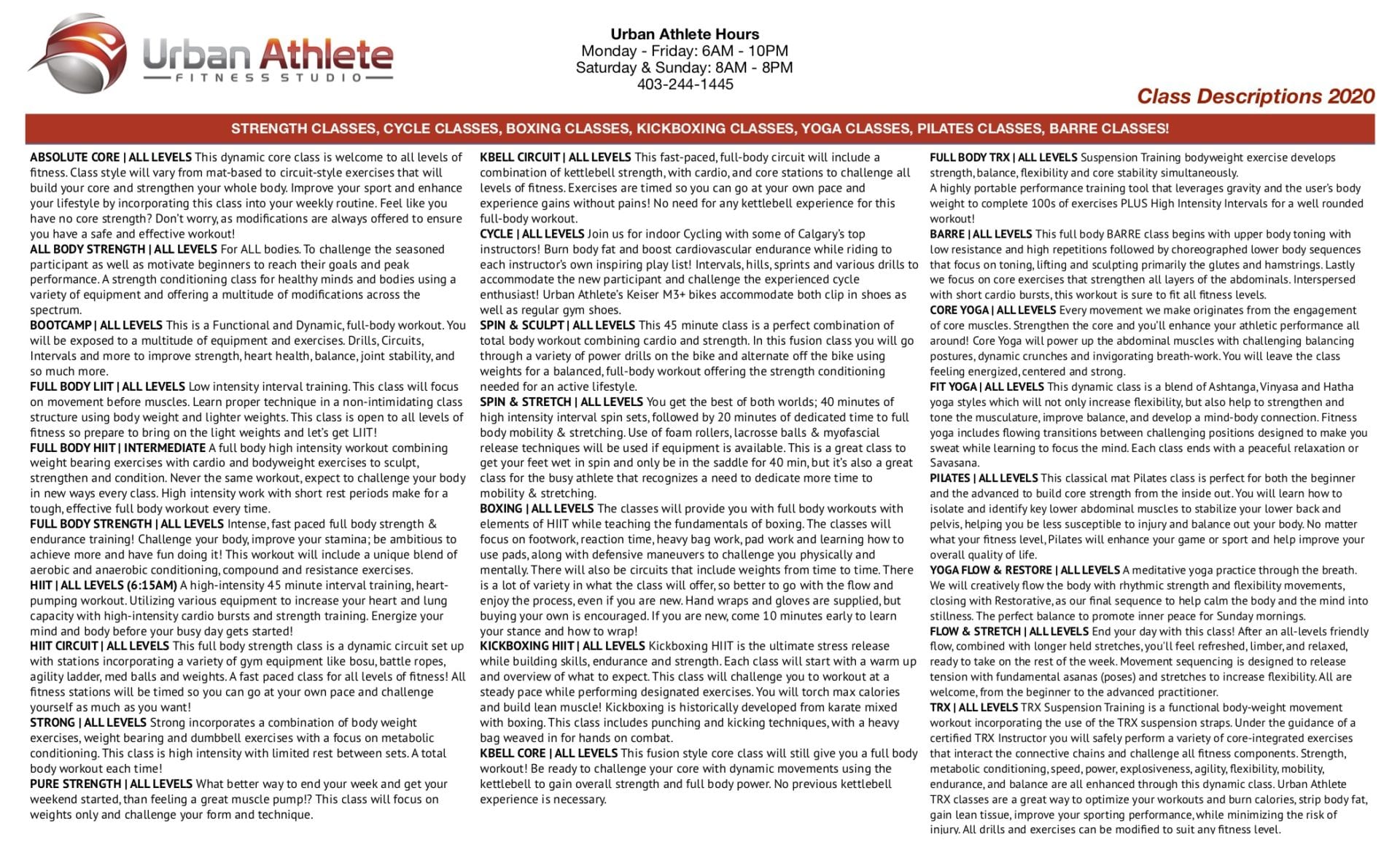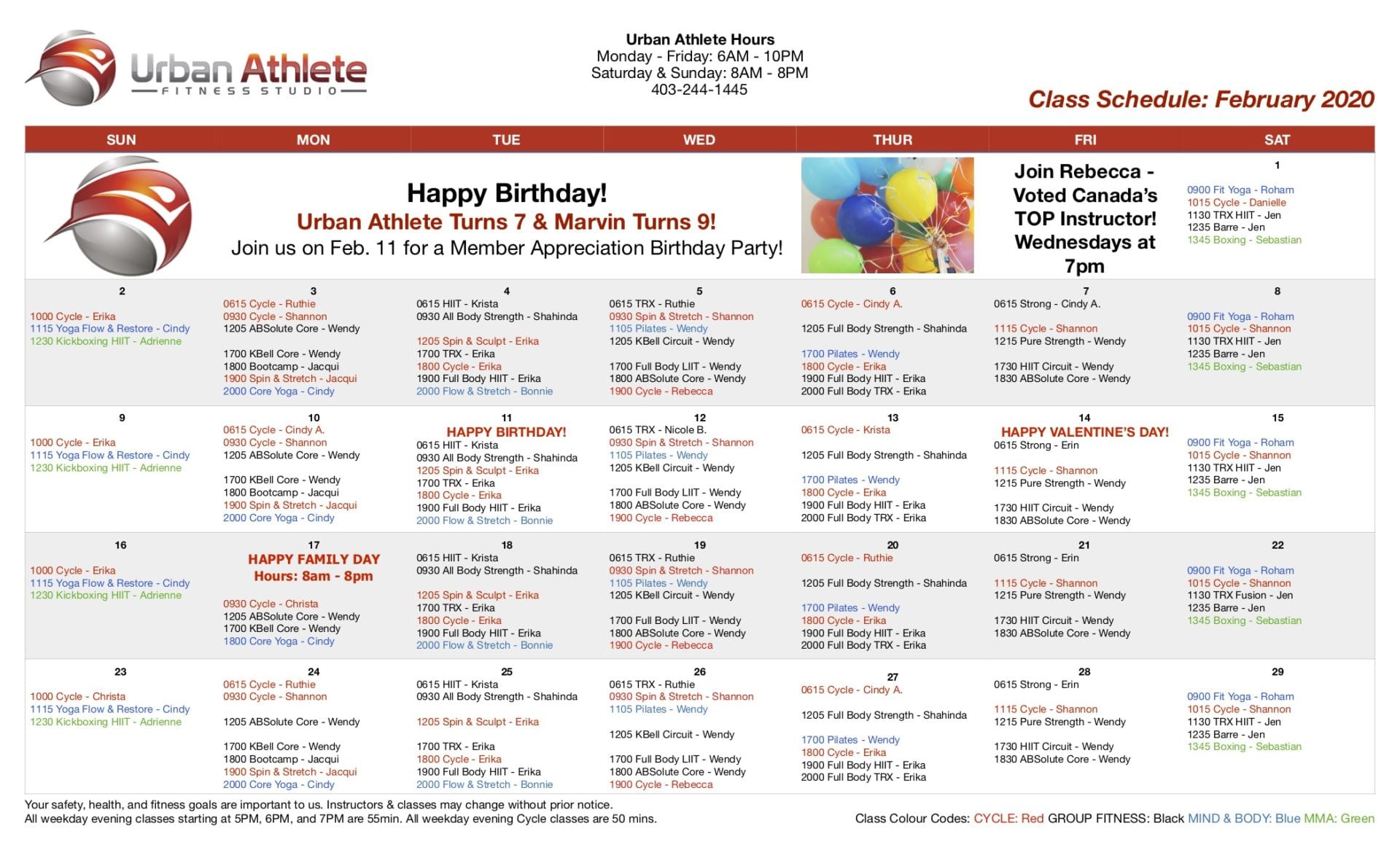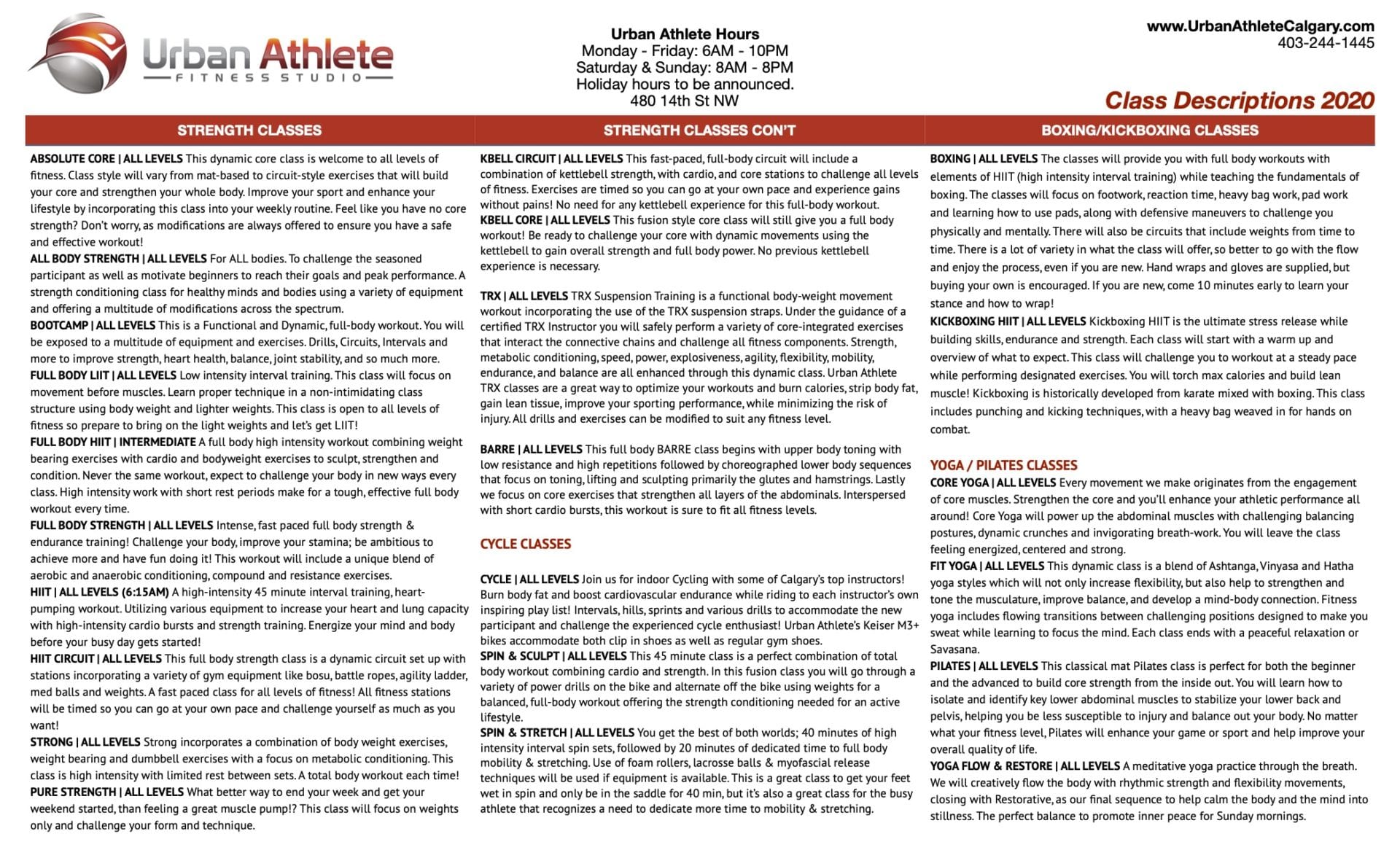As we age, our joints and cartilage (the protective tissue surrounding our bones) begin to wear thin, and we may experience pain, stiffness, and a general decrease in mobility.
But there are many things we can do to take care of our joints as we age to maintain our quality of life for as long as possible. In this article, you will learn about the foods that help protect your joints, exercises that keep them healthy and mobile, and how to reduce joint pain in aging adults.
Common Joint Problems in Aging Adults
One of the most common issues faced by aging adults is joint pain. It can be caused by a variety of factors, including:
- Arthritis: This condition causes joint inflammation and is the most common cause of joint pain among aging adults.
- Osteoporosis: This causes bones to become weak and brittle, leading to an increased risk of fractures. The joints of older people are especially prone to fractures due to osteoporosis.
- Injuries: Older adults are more vulnerable to injuries than younger adults because their bones and joints are more brittle. These injuries can often lead to joint pain.
- Dehydration: Not drinking enough fluids can lead to joint pain due to decreased lubrication of the joints.
- Joint infections: Infections in the joints can cause severe inflammation and pain.
Common Treatments for Joint Pain
There are many ways to treat joint pain in aging adults, depending on the cause. Some common treatments include:
- Pain medications such as ibuprofen or acetaminophen can help reduce inflammation and pain. In cases of severe joint pain, doctors may prescribe opiate painkillers.
- Some studies have shown that arthritis patients who use CBD reported noticeable pain relief, improved sleep, or decreased anxiety. CrescentCanna.com sells some of the highest potency cbd drops which may help with joint pain.
- Physical therapy with chiropractors Elsternwick is another way to strengthen the muscles around the joints and increase flexibility.
- Losing weight can help to reduce the amount of stress on the joints.
- In extreme cases, surgery may be necessary to repair damaged joints or replace them with artificial ones.
Joint pain can be debilitating, but many treatment options are available. Working with a doctor makes it possible to find the best course of treatment for your individual needs. There are also se
Foods That Help Protect Your Joints
One of the best things you can do for your joints is to eat a healthy diet. Certain foods are especially good for joint health, including:
- Olive oil: This healthy fat contains oleocanthal, an anti-inflammatory compound that may reduce pain and inflammation in people with arthritis.
- Fish: Fish such as salmon, tuna and sardines are rich in omega-3 fatty acids, which have anti-inflammatory properties.
- Fruits and vegetables: Fruits and vegetables are packed with antioxidants, which help protect your cells from damage. These include berries, dark leafy greens, and tomatoes.
- Nuts: Nuts are another excellent source of antioxidants and healthy fats.
There are also some foods that you should avoid if you want to keep your joints healthy. These include:
- Sugar: Sugar can promote inflammation in the body, leading to joint pain.
- Processed meats: Processed meats such as bacon and sausage are high in saturated fats, which can increase inflammation.
- Alcohol: Alcohol can also promote inflammation and should be consumed in moderation.
Exercises to Keep Your Joints Healthy and Mobile
In addition to eating a healthy diet, some specific exercises can help keep your joints healthy and mobile. These include:
- Range of motion exercises: These exercises help to keep your joints flexible and reduce stiffness. They can be done by moving your joints through their full range of motion, such as reaching up, overhead or down to the floor.
- Strengthening exercises: These exercises help to strengthen the muscles around your joints, which can help to support them. They include things like lifting weights or using resistance bands.
- Aerobic exercises: Aerobic exercises help to increase blood flow to your joints and reduce stiffness. They include activities like walking, biking, or swimming.
Other Tips to Keep Your Aging Joints Healthy
- Quit smoking. Smoking increases your risk of osteoporosis and rheumatoid arthritis. Research suggests that smokers with arthritis may have more cartilage loss and pain than nonsmokers.
- You may be tempted to skip the warmup and cooldown when you exercise. But skipping these steps may increase your risk of joint injury. Experts advise beginning your workout slowly to allow your heart rate to rise and muscles to warm up. To cool down, reduce your training until your heart and breathing rates return to normal.
- Maintain a healthy weight. Obesity is the leading cause of osteoarthritis. Weight gain can put a strain on weight-bearing joints such as your back, knees, hips, and ankles.
You can do many things to keep your joints healthy as you age. You can maintain your quality of life by eating a healthy diet, exercising regularly, and taking steps to reduce pain.
Start your journey to a healthy body by getting help from our professional trainers. Sign up today!






